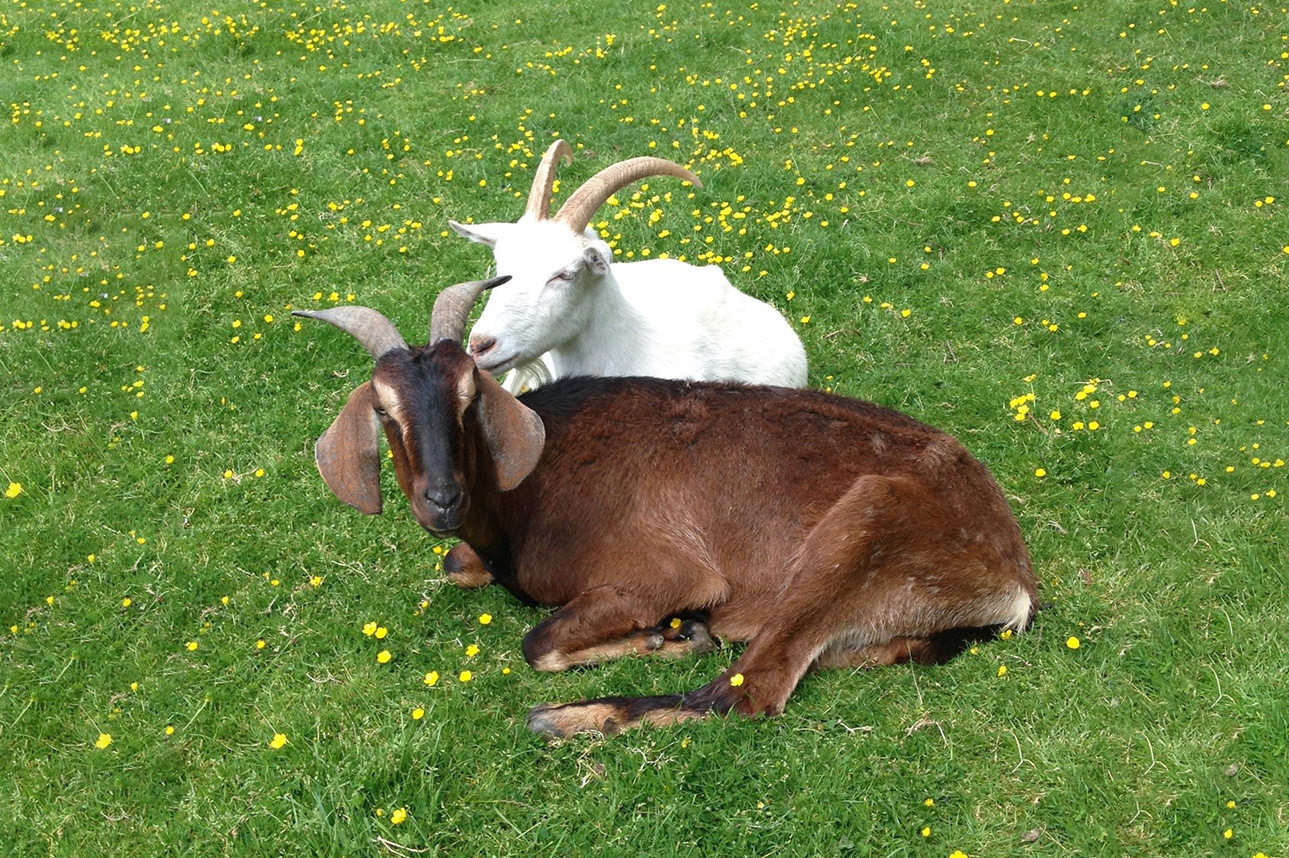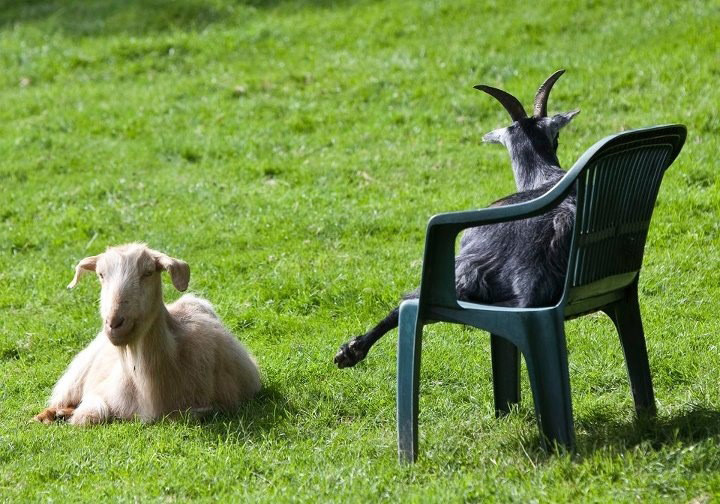
Goats can adapt to changing environmental conditions more quickly than sheep probably because of different feeding ecologies, according to a new study involving Dr Alan McElligott, an expert in animal behaviour and welfare at City University of Hong Kong (CityU).
The ability to adapt is one of the key factors for survival in an ecosystem, explained Dr McElligott, Associate Professor in the Department of Infectious Diseases and Public Health at the Jockey Club College of Veterinary Medicine and Life Sciences.
The study is a collaboration between researchers at CityU, Martin Luther University of Halle-Wittenberg, the Research Institute for Farm Animal Biology in Germany, Canterbury Christ Church University and Queen Mary University of London in the UK.

Although sheep and goats are closely related genetically and share a similar body size, social structures and domestication levels, they differ greatly in their foraging strategies, according to the team. Their findings have been published in Royal Society Open Science.
The team found that goats showed recovery from the perseveration error compared to sheep in a spatial detour task. These differences could be explained by differences in foraging strategies between the two species.

The experiment, which was conducted at the Buttercups Sanctuary for Goats in the UK, investigated how both animal species reacted to new spatial obstacles. One animal at a time was led to the end of a small enclosure while a researcher stood at the opposite end offering food. A fence was placed between the researcher and the animal, and a gap made in the fence was blocked. The researchers observed whether the animals moved directly towards the gap and how long it took them to reach the food. After a few rounds, the position of the gap in the fence was changed and the test was repeated. A total of 21 goats and 28 sheep completed the experiment.
In the first round with the newly located gap, the goats managed to walk around the fence more easily and faster than the sheep.
“The results have important implications for animal welfare and husbandry guidelines because they illustrate that closely related species like goats and sheep have important behavioural differences, which mean handling procedures should also differ,” says Dr McElligott.
The study was supported by the Swiss Federal Food Safety and Veterinary Office, the Deutsche Forschungsgemeinschaft (DFG, German Research Foundation) and Farm Sanctuary.




